Lengths
Smokestack Gallery, Hamilton Canada
2024
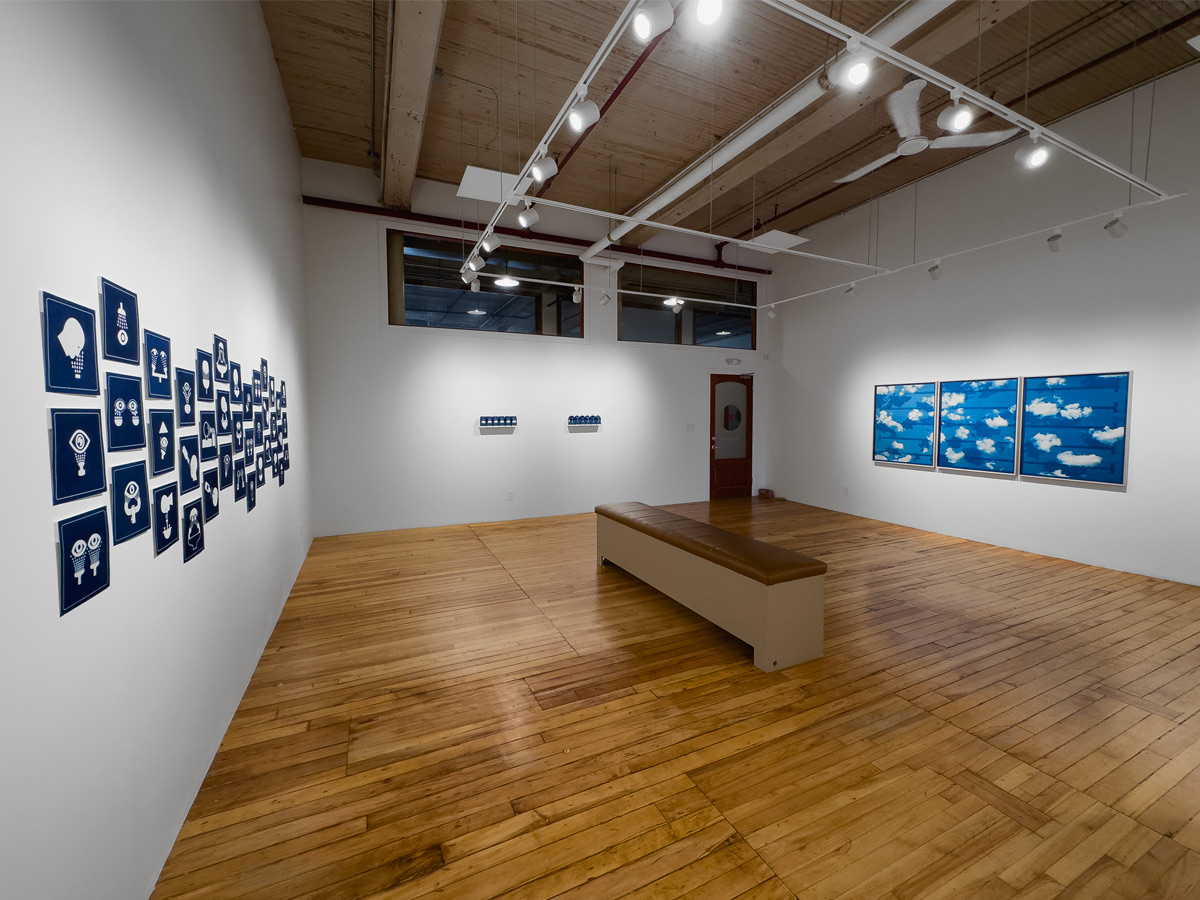
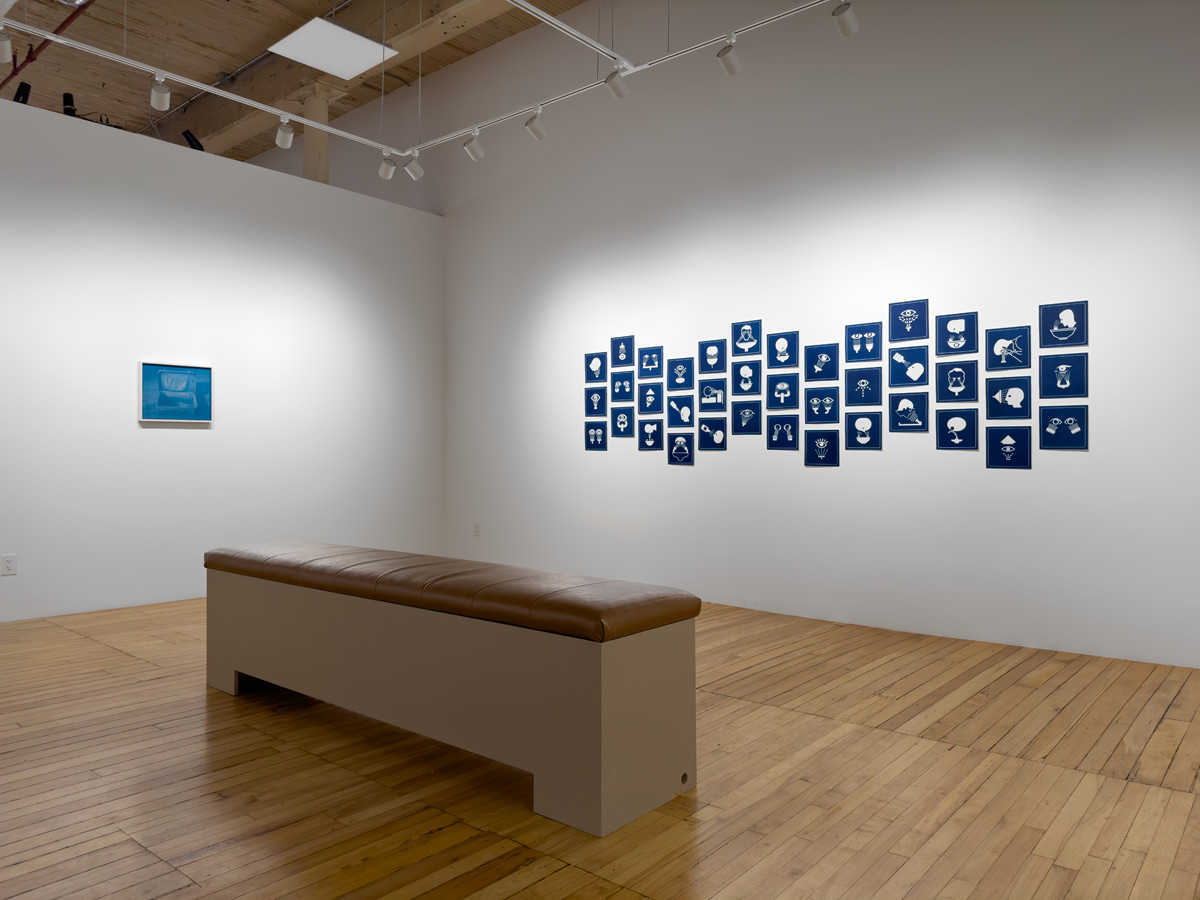
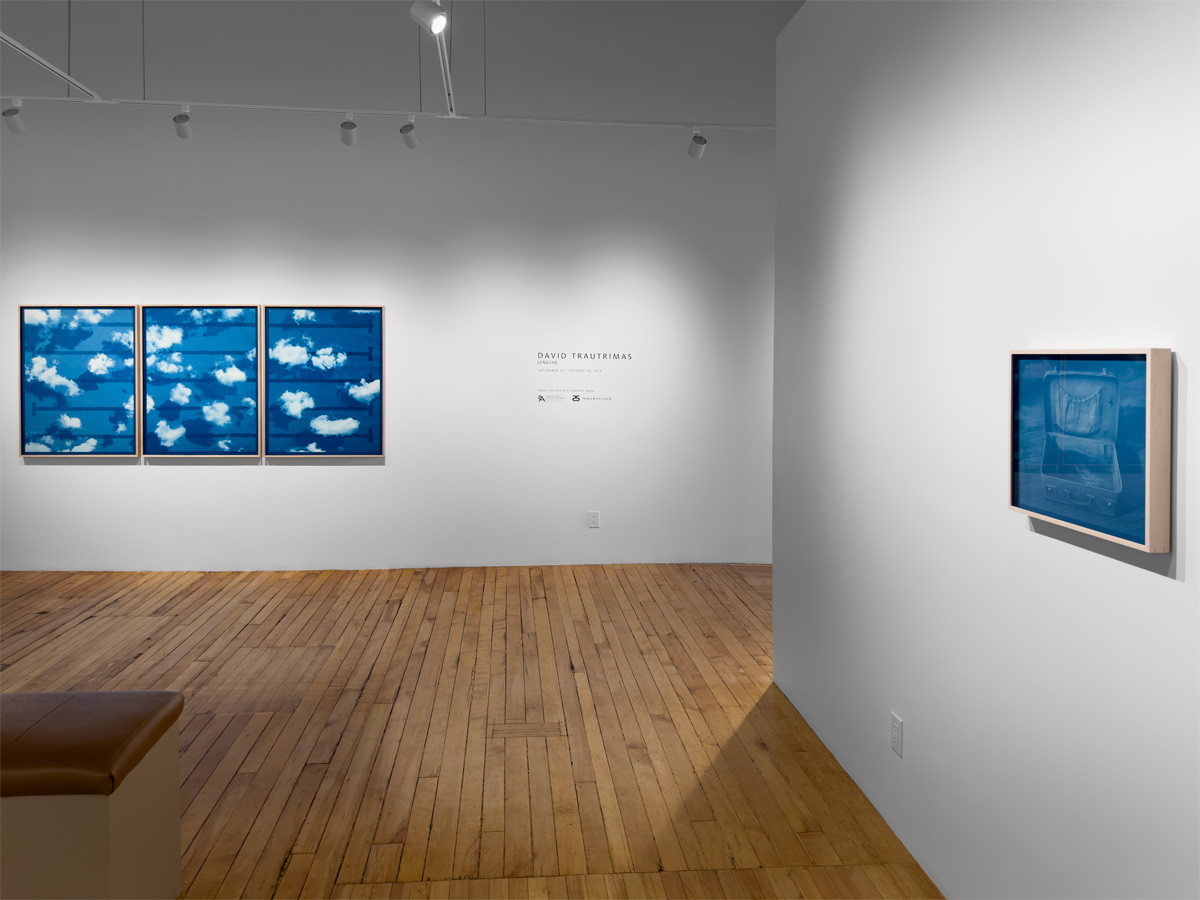
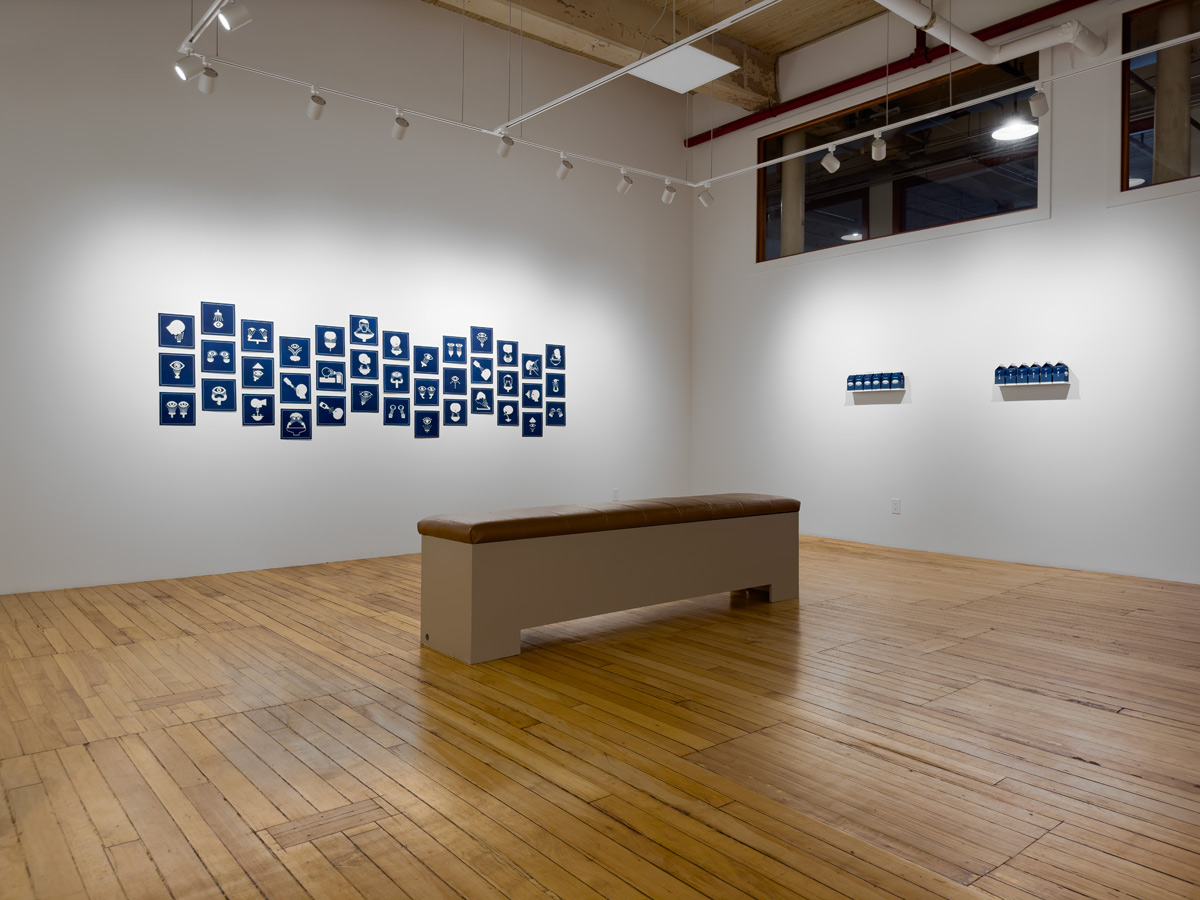
Installation views, Smokestack Gallery
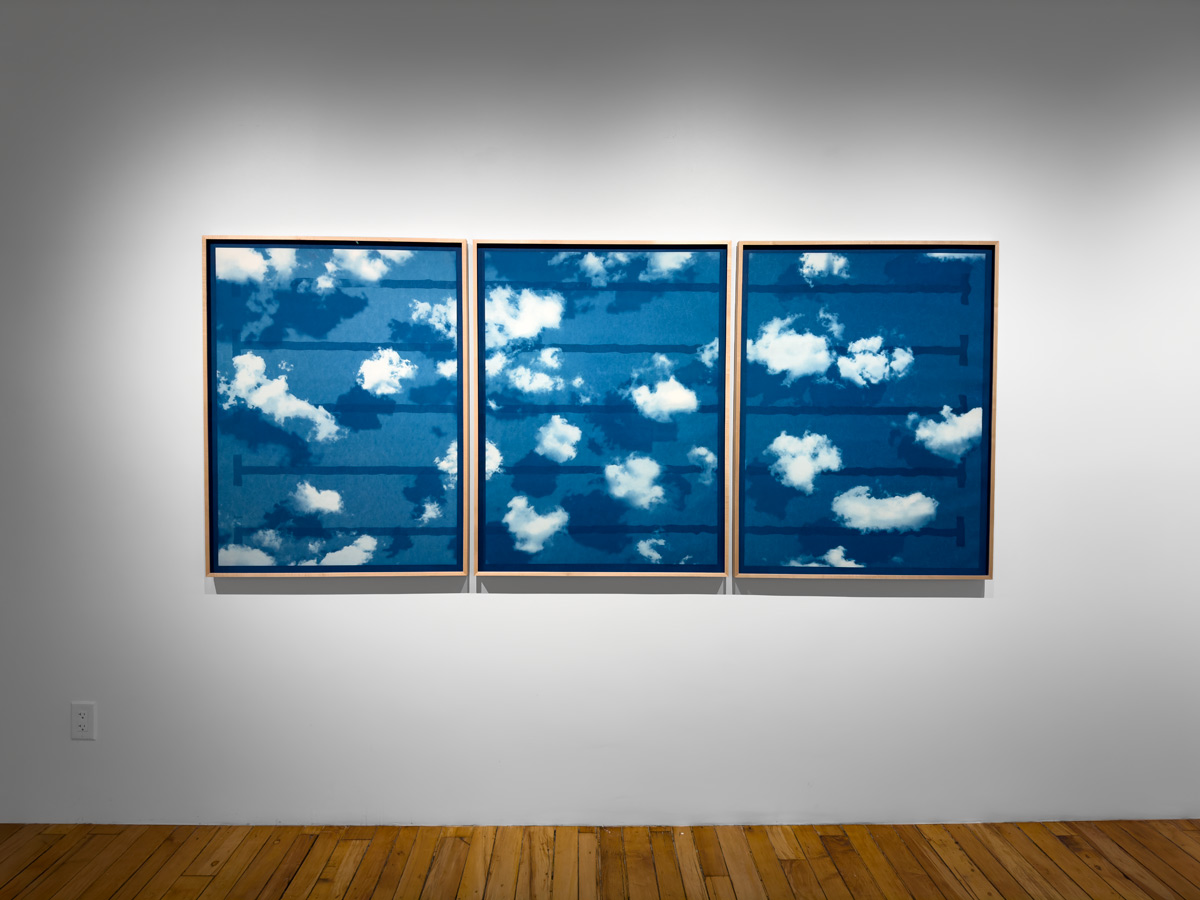
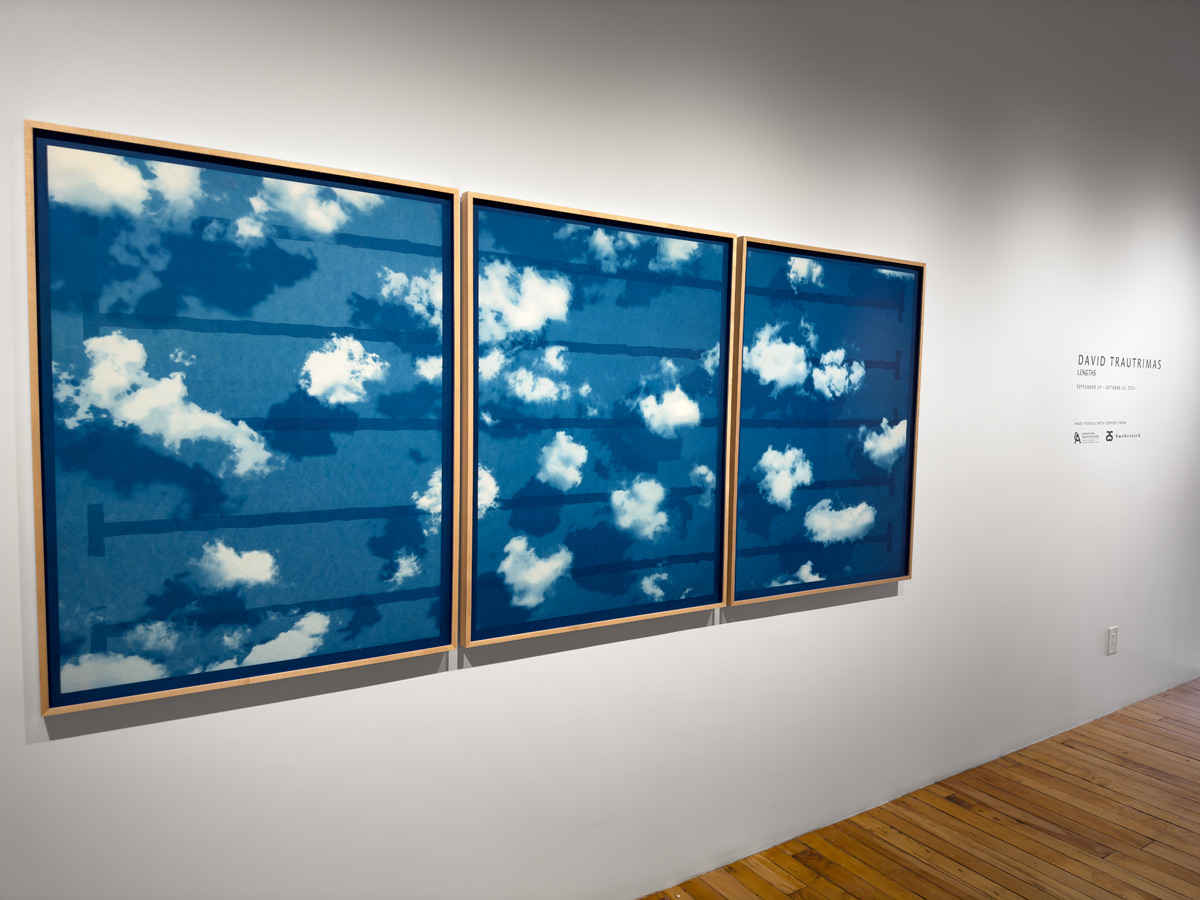
'Aphasia' Cyanotype on paper, 42" x 96" (each panel 32" x 42") 2024
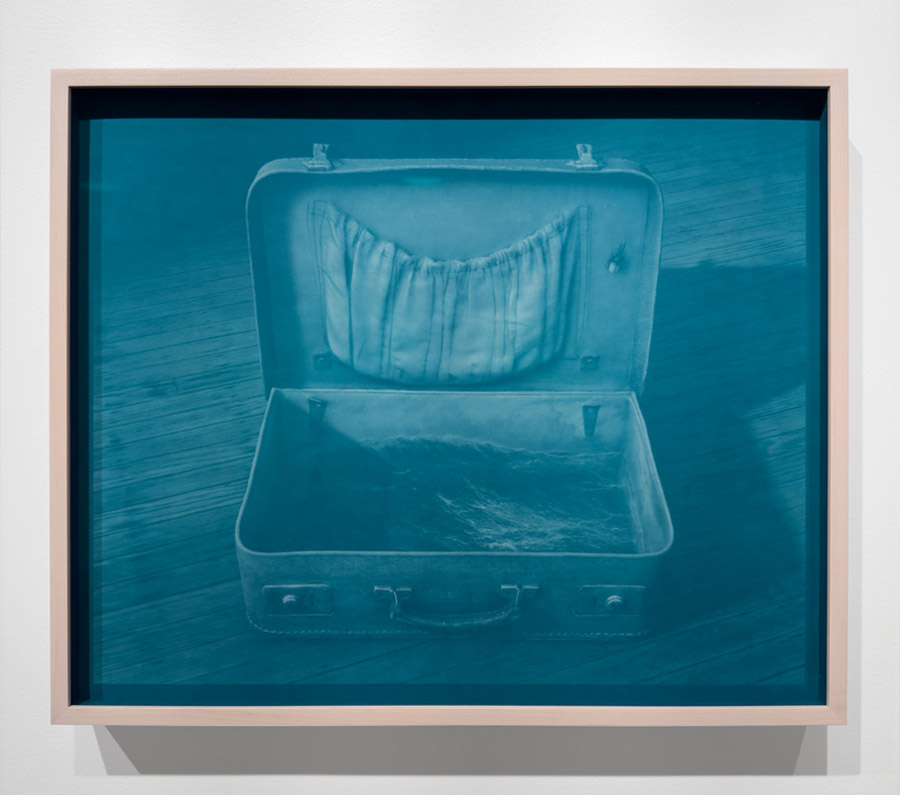
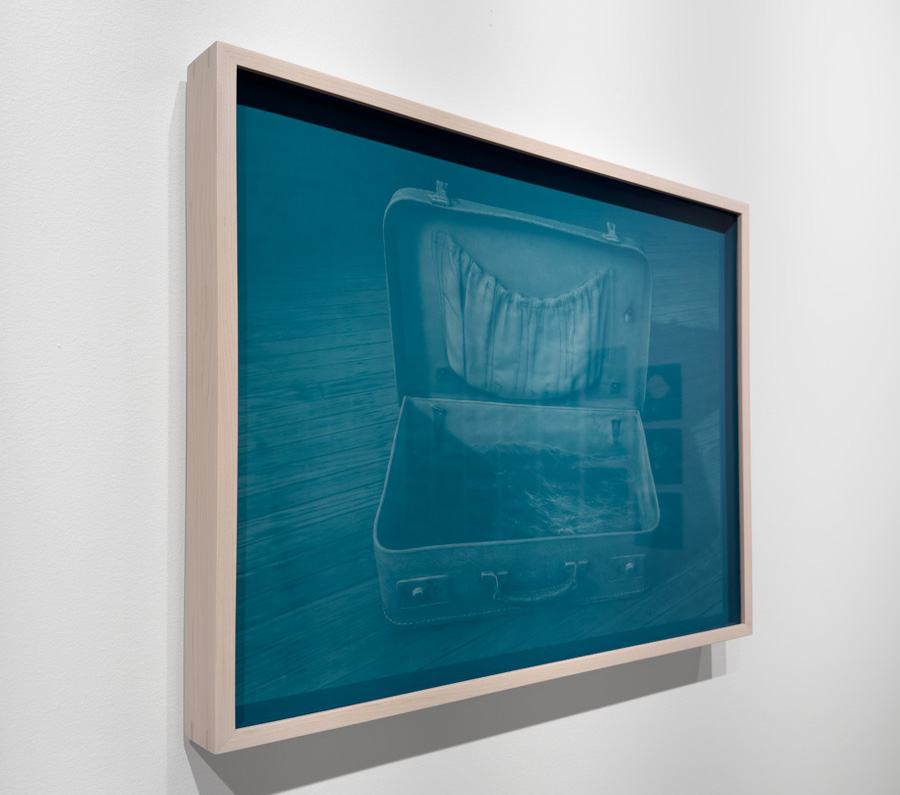
'Anywhere Familiar Is A Place On Earth' Cyanotype on paper, 14" x 18"
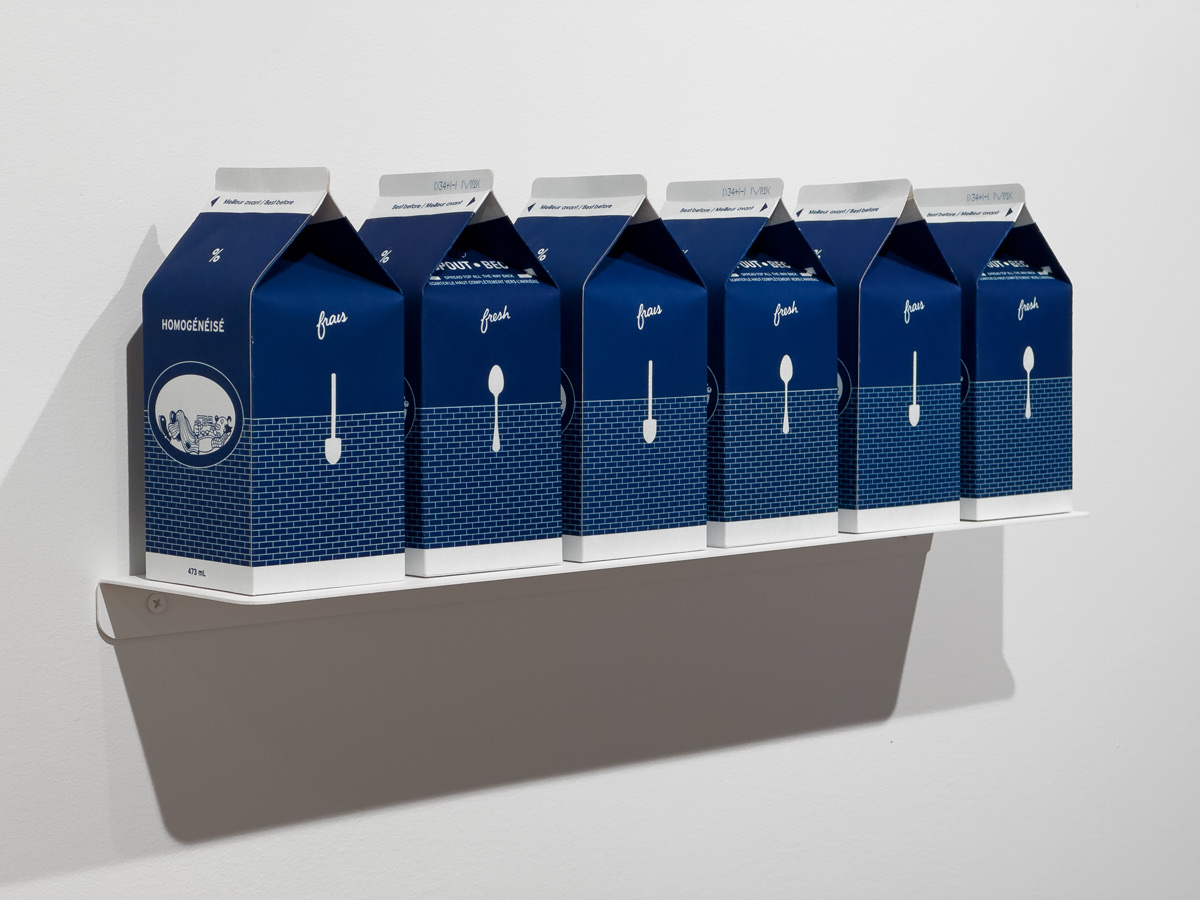
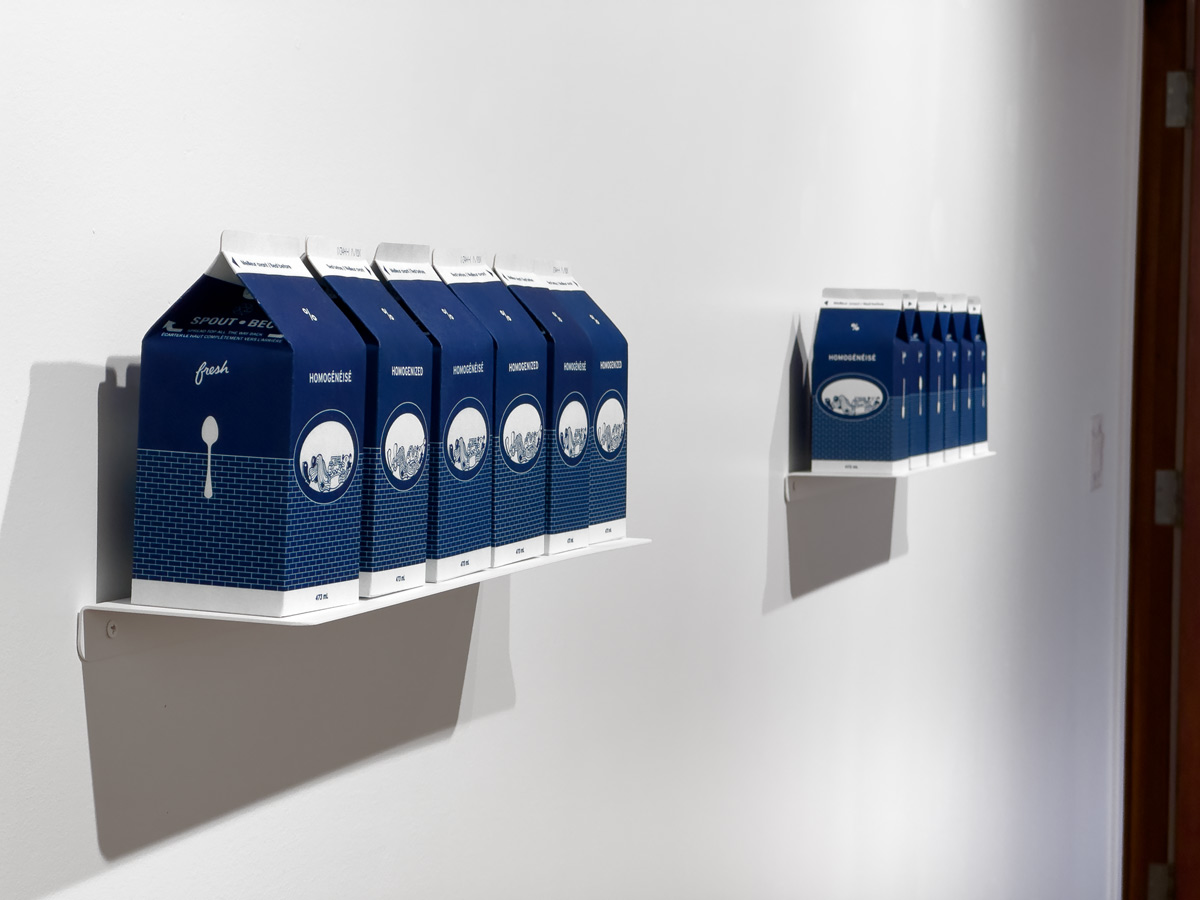
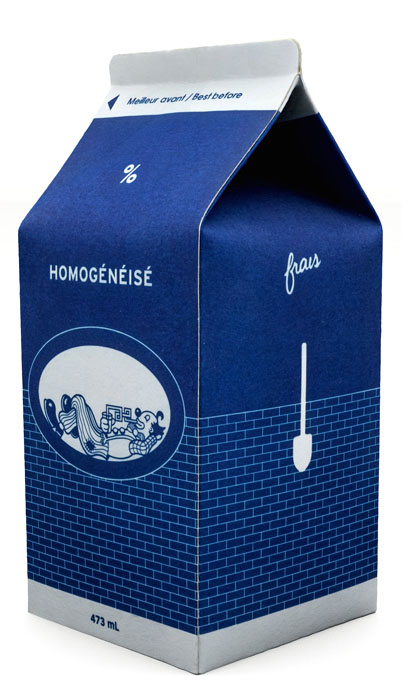
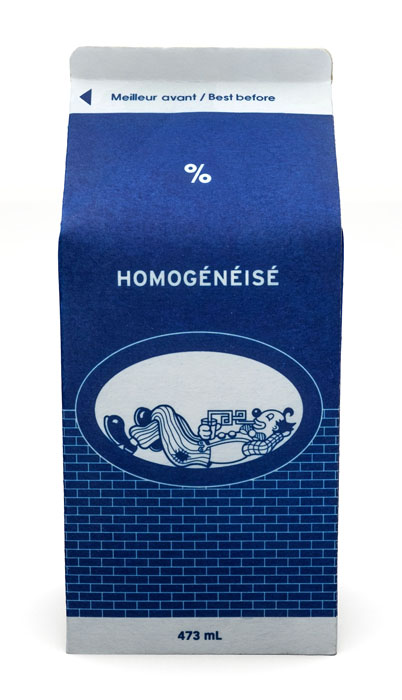
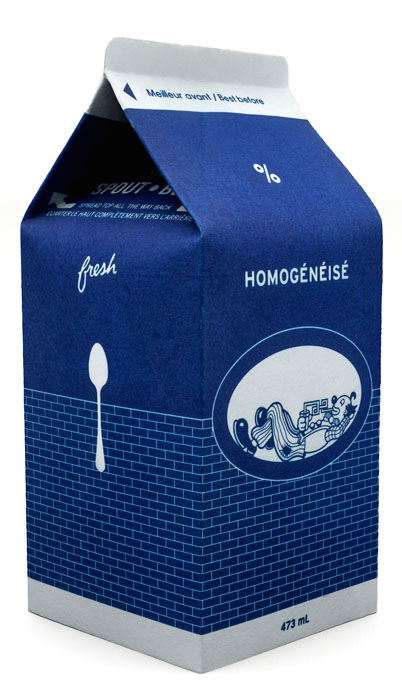
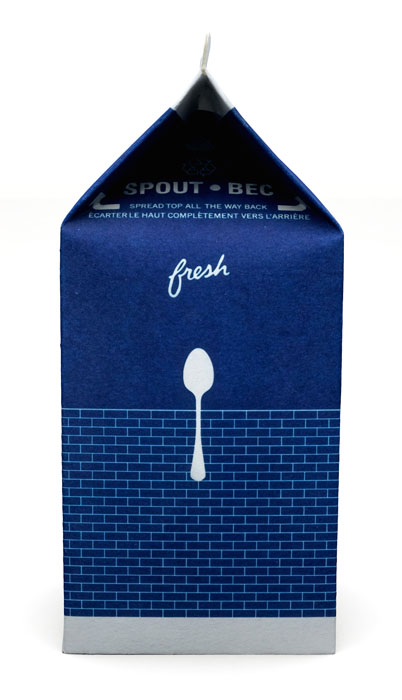
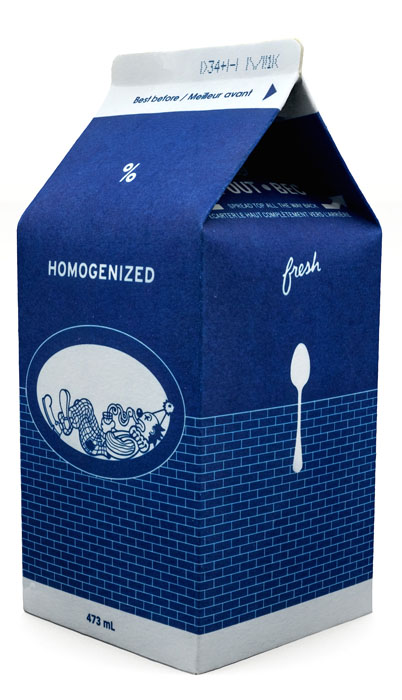
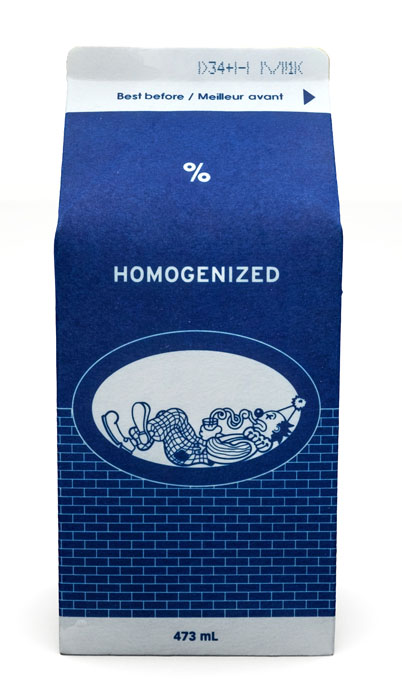
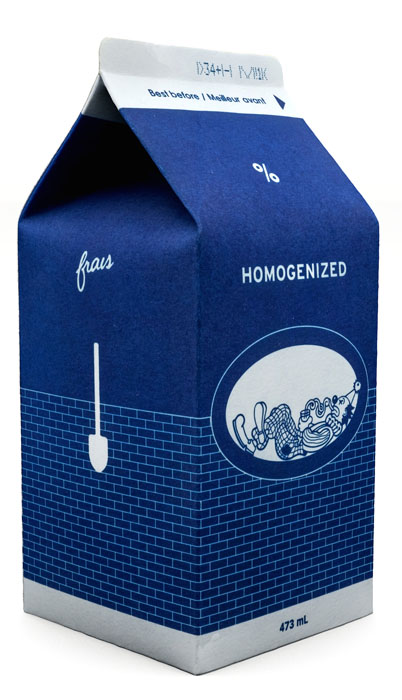
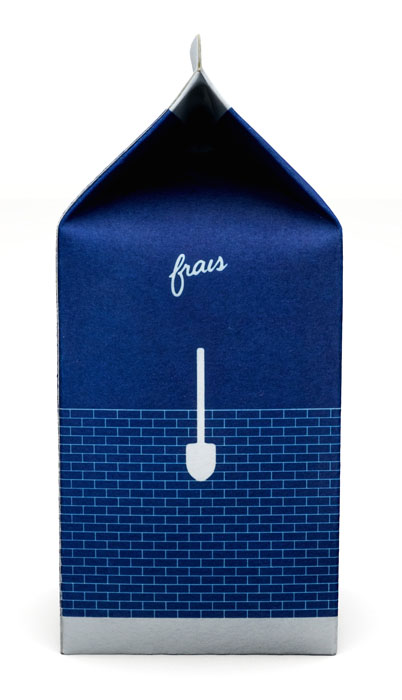
'D34+_-_--_\-__1K' Cyanotype on paper 3" x 3" x 6"
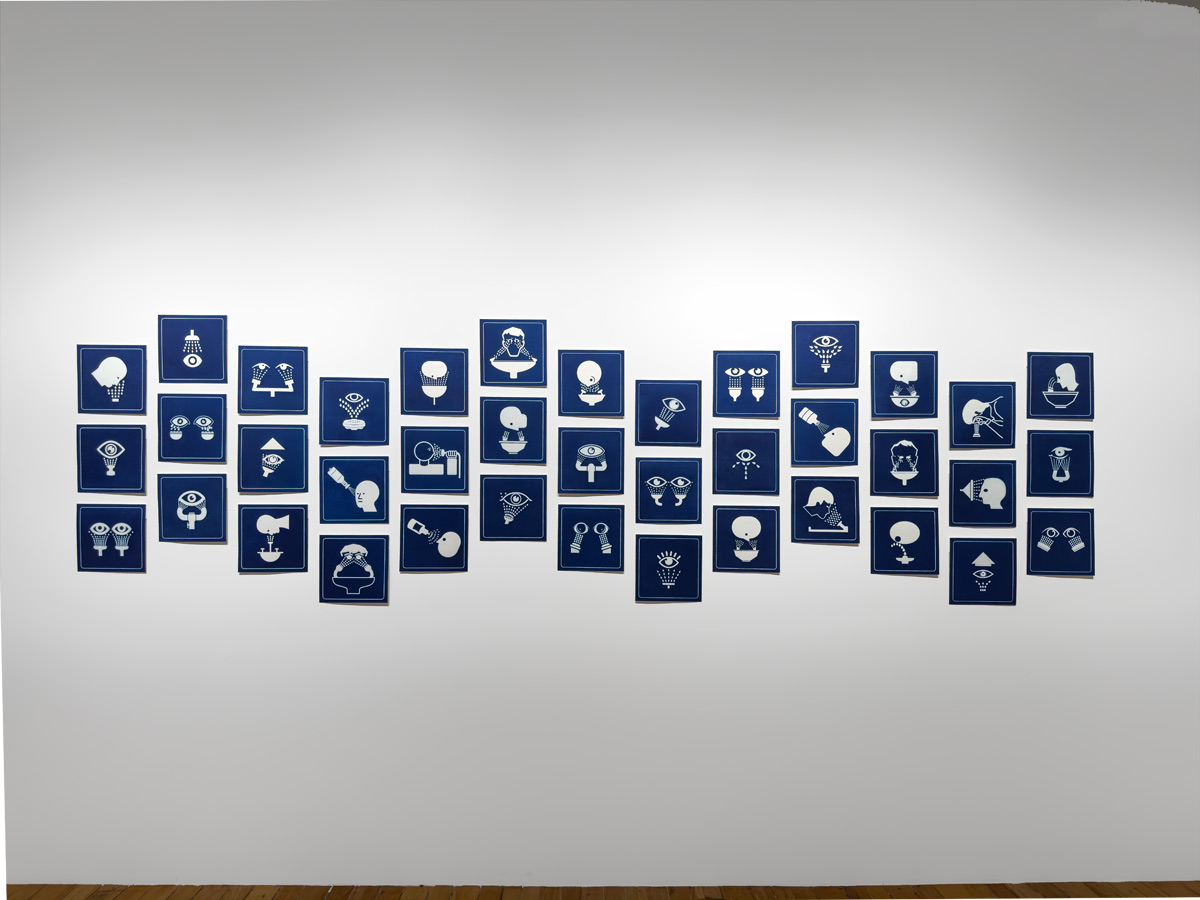
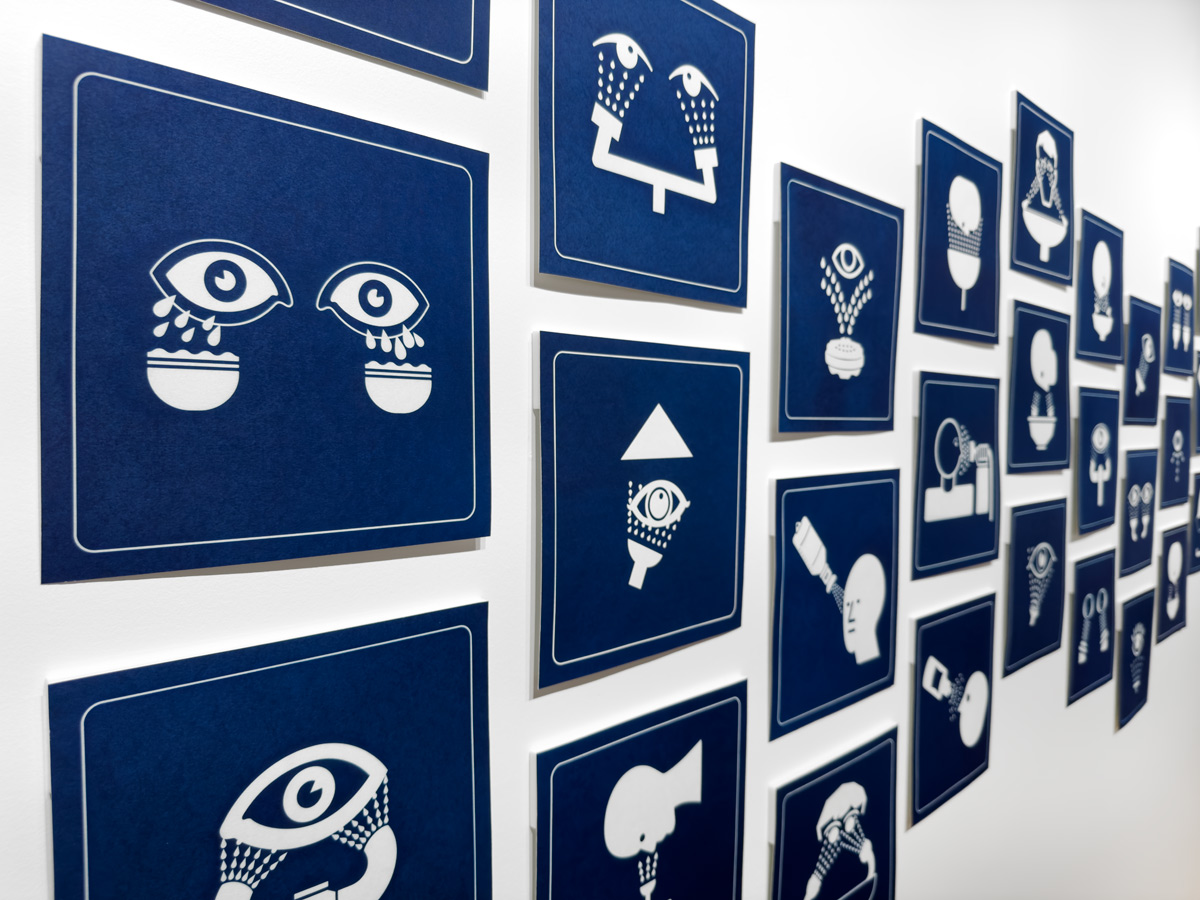
'Choir Practice' Cyanotype on paper, 32" x 135" (each print 9" x 9") 2024
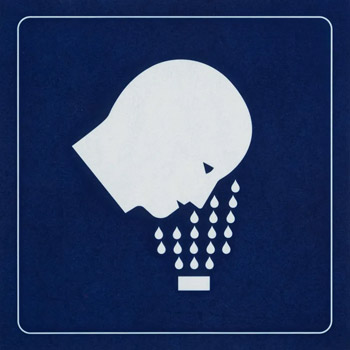
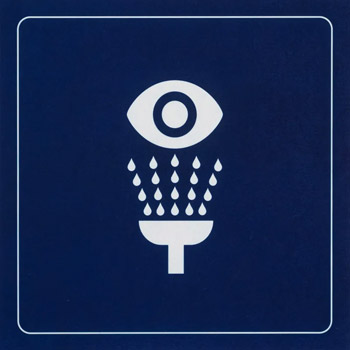
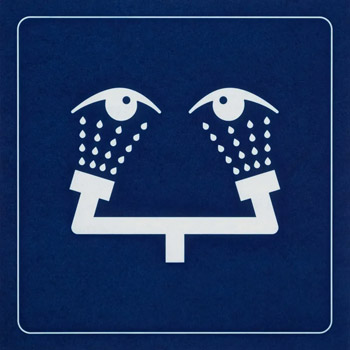
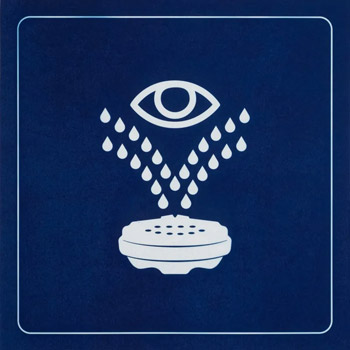
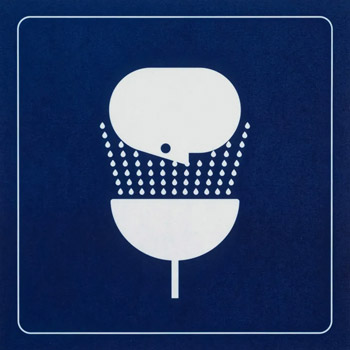
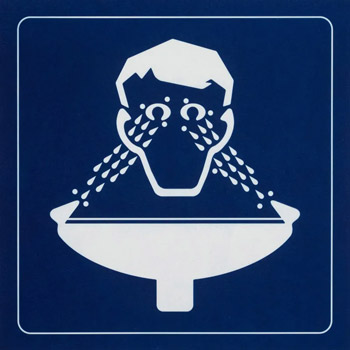
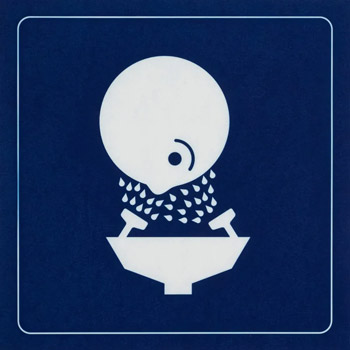
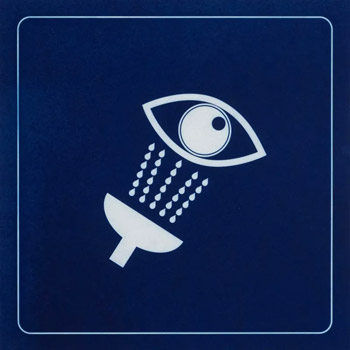
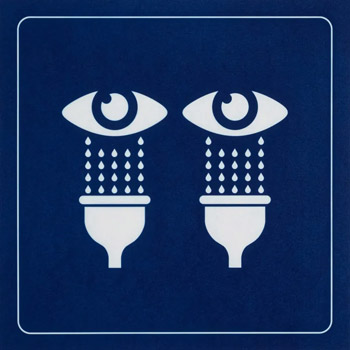
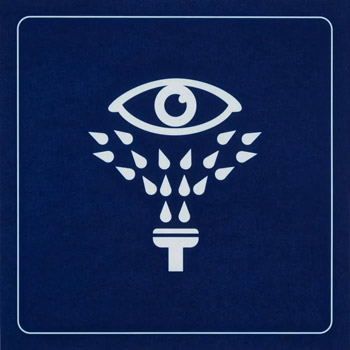
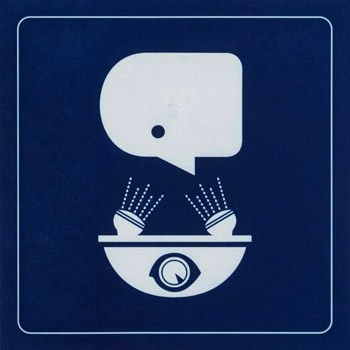
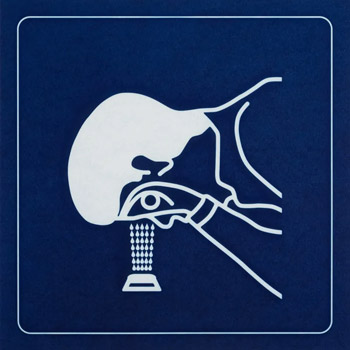
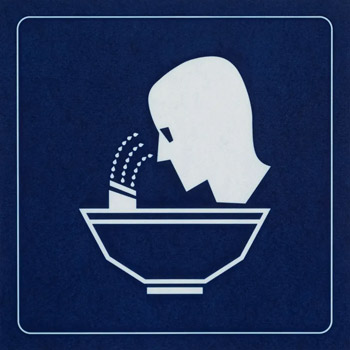
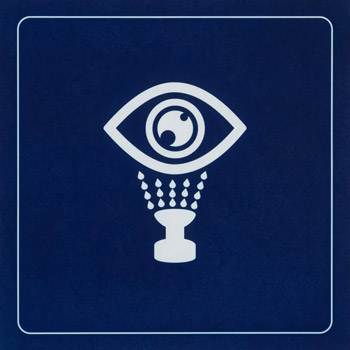
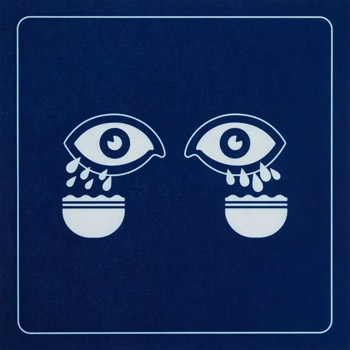
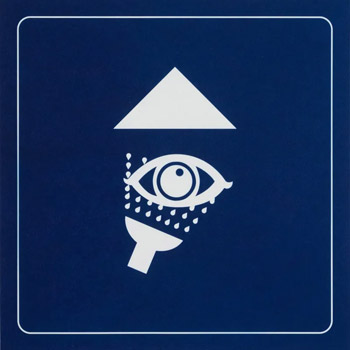
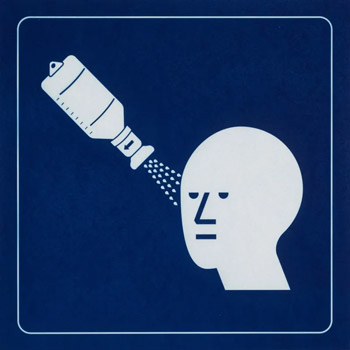
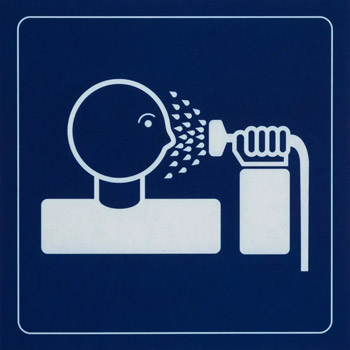
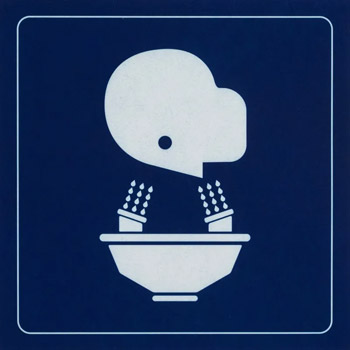
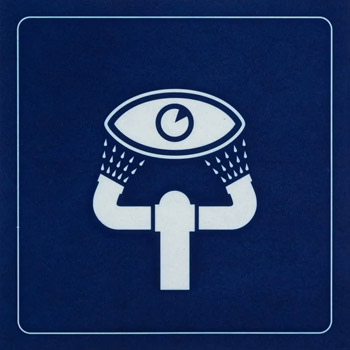
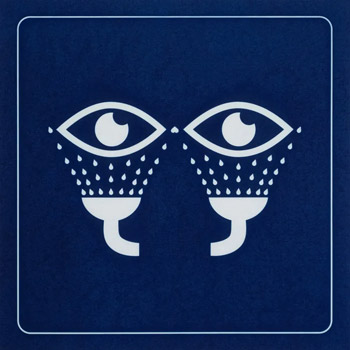
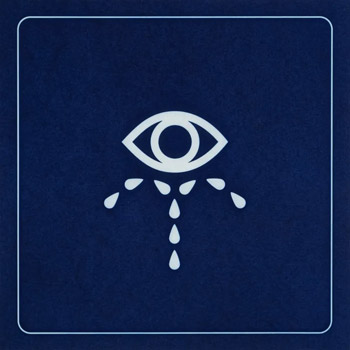
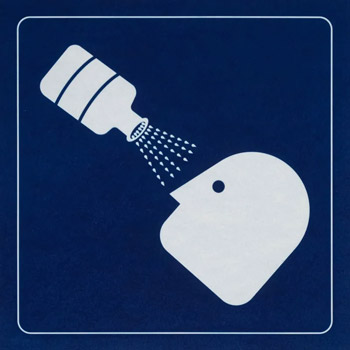
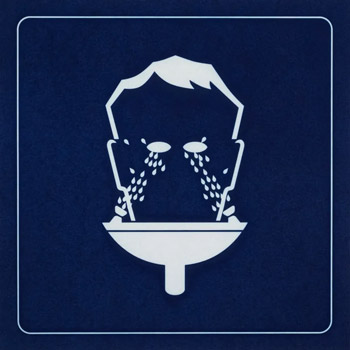
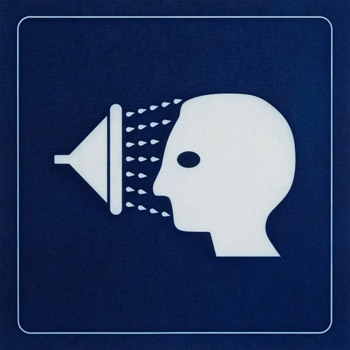


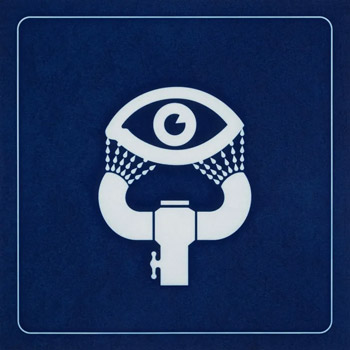

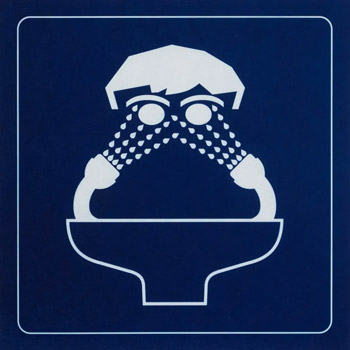
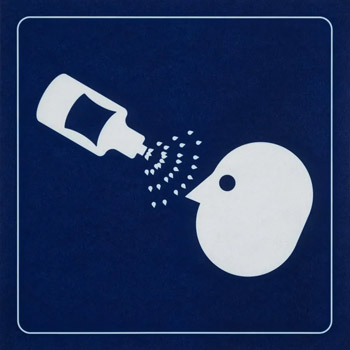
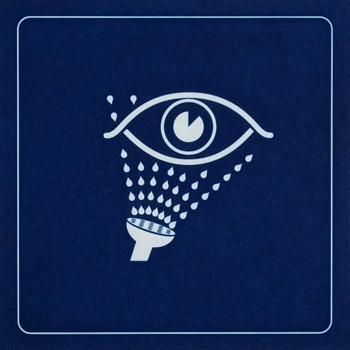
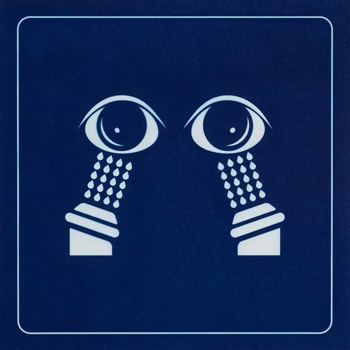
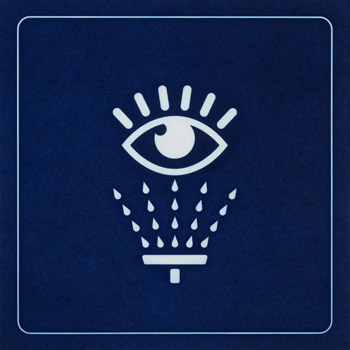
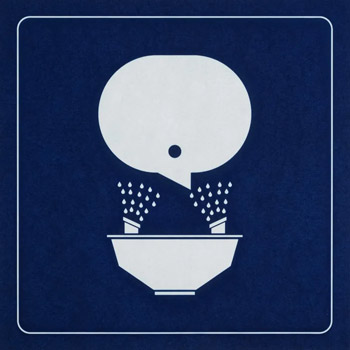
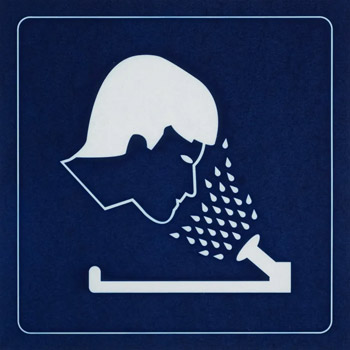
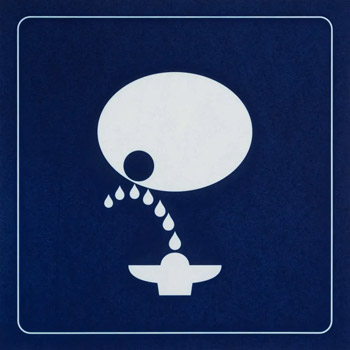

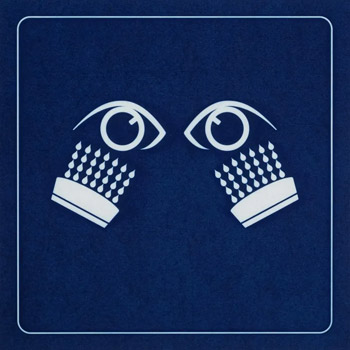
An interview about ‘Lengths’ with Smokestack Gallery Director, Tara Westermann
Smokestack Gallery Director, Tara Westermann (TW): Starting right into media
particulars, how did you come to focus your residency on work in cyanotype?
David Trautrimas (DT): I thought about working with silkscreen initially, but
there were mid-tones in one of the larger pieces I wanted to create, "Aphasia",
that wouldn’t translate with silkscreen and so we chose to work in cyanotype for
that one - once we figured it out. On a whim another day, we decided to expose
one of the other pieces as a cyanotype and then it clicked. I realized that
screen wasn’t the right medium at all and that cyanotype was instead what we
were going to use.
TW: So you had a pretty clear idea of the imagery you were going to actualize
before the start of your residency?
DT: For the two larger works in the series, "Aphasia" and "Choir Practice",
yes. I knew there would be some additional smaller pieces that I wanted to make
as well which were resolved through the residency but was a lot of preliminary
work done with imagery development before we started in the studio. The residency
came to be primarily focused on technical growth and exploration rather than
concept and content.
TW: You’ve had experience with a range of photo and print media processes
throughout your artistic practice. How did you find the cyanotype process similar
or different?
DT: In a lot of respects, it felt very familiar. I spent a lot of time at
OCAD during my student days and afterwards working in dark rooms using mostly
black & white photographic processes and at the end of the day, cyanotype is
a photographic process itself: you have light, emulsion, a substrate and a
developer. So it shares those fundamental aspects, though when it comes
down to the “nitty-gritty”, it is quite different. It was very easy to get
an okay result, but very challenging to get a reproducible, precise result.
I believe that may be a lack of professional context or resources around
cyanotype. A lot of the information we were finding seemed geared towards
hobbyists and what Laine and I were trying to do presented a demand for
precision and repeatability (especially when it comes to editioning) that
saw us running up against a lot of technical challenges. A lot of trial
and error.
There were times that we’d watch a print just dissolve and bleach out in
front of our eyes 10 minutes after we thought we figured something out.
Where there would be ample resources for the production of other kinds
of processes, we felt like we were really having to build our own recipe
for this.
TW: You’ve worked with Laine a number of times over the years, but with
print disciplines that Laine had more developed experience with. Seeing
as how neither you or Laine had experience with cyanotype before, how
did this collaboration play out?
DT: Well, it felt like we both went in as if we were typing with mittens
on - just figuring out the location of one key at a time to find some fluency.
Laine of course brought a lot of experience handling wet paper which is a
big part of the cyanotype process, though we discovered that identical
papers reacted very differently through cyanotype as they would through
etching even though both similarly involve a multiple-soaking process.
TW: So truly a collaboration at the most fundamental level.
DT: Oh absolutely. And there was a point early on that I had my doubts
whether we could actually achieve the results we were looking for with
cyanotype, but Laine’s energy and optimism really carried us through at
those crucial moments. Just one more test…And as it turned out within a
day or two we had figured out those first major hurdles that moved us forward.
TW: The variation of visual and physical forms within this body of work
really demonstrates your drive to expand and push the medium seemingly to
its limits. Was this the intention?
DT: The intent at first was to just try cyanotype for the large pool
triptych but it really became the gateway drug with the process eventually
taking over the whole body of work, and as much as it came with its measures
of unpredictability, we came to find it quite flexible. In getting into the
process I realized how much can be done with it. The milk carton piece,
"D34+|-| IVII 1K", for example, was envisioned initially to be printed
as 2-dimensional works, but the more I looked at it and the more we
experimented with cyanotype, the more I wanted to make them actual objects
and I was interested in the challenge. The fun of that was in trying to
push the medium; “can we actually do it?”. The trial and error ended up
working really well and I do envision doing more of this kind of
sculptural cyanotype work in the future.
TW: With regards to imagery content, in your practice there’s an explorative
through-line with cultural phenomena and every-day spaces & objects. What
aspects in particular have you been looking towards or considering with
this series?
DT: In some senses this body of work is a departure; still looking at
narrative themes of the human experience but not so much the domestic or
every-day. This series is really focused on more global human themes. I
was inspired by a term, Vale of Tears, which is a tenet that underpins a
lot of religions – from Christianity to eastern philosophy – that asserts
life is suffering and that it’s only in the afterlife that we find
deliverance from this suffering. I’m not necessarily an ardent believer
in the paradise of an afterlife but through lived experience I can say
that there is suffering and there are moments of deliverance. I was
interested in creating a body of work that spoke to these global themes
but also had very personal elements and narratives underpinning them.
TW: How does the title of the exhibition, Lengths, reflect these themes?
DT: I rarely rely on one word to convey something, but it seemed to fit
all of the works (directly, conceptually, metaphorically) and how they’re
positioned within so many universal narratives of suffering and its
counterpoint. The lengths we go to avoid suffering, the lengths we go
to find peace, the literal lengths to swim in a pool as a form of
meditation, the lengths of distance ancestors physically have travelled
to flee from trauma.
TW: The lengths of survival.
DT: Exactly
David Trautrimas
smokestack.ca residency page